Another pair of Olympic coins will debut on 27 July, this time from the Polish national bank, Narodowy. Most Rio Olympic coins take a general view of the event, much like the Royal Australian Mints new coins, but this pair are very specific indeed. Poland has a long history with the modern olympics, and a pretty successful one, so coins commemorating Polish athletes are not unexpected.
The gold coin depicts one of the recent sports to join the olympic roster, Mountain Biking, also called MTB. Unlike some of the more recent additions to the olympics, many often drawing negative comments, this tough sport pushes individual ability and stamina, traditional hallmarks going to back to ancient Greek times. The coin is struck in half a troy ounce of 90% pure gold and mintage is limited to 2,000 pieces maximum.
The silver coin features a very traditional modern olympic discipline going back to 1900, but as a womens event it’s actually younger than MTB. It joined the olympic roster in 2000, four years after MTB did. It’s a decent choice for a coin subject from Narodowy, as Polish athlete Anita Wlordarczyk currently holds the world record of 81.08 metres, set in Poland on 1 August 2015. The silver coin is struck in half a standard ounce of sterling silver and mintage is a maximum of 30,000.
A nice pair of coins for the sporting numismatist, and featuring a couple of events that rarely appear on coins. Designs are good and prices from the NBP don’t seem overly high.
GOLD COIN
MINTS DESCRIPTION
Poland debuted at the Summer Olympics in Paris in 1924. The debut was successful and brought Poland two medals – a silver for the track cycling team and bronze for the horse rider Adam Królikiewicz in the show jumping competition. Since then, representatives of Poland have participated in every Summer Olympic Games (except for the games held in Los Angeles in 1984, when Poland’s absence was due to political reasons). The first gold for Poland was won in Amsterdam in 1928 by the discus thrower Halina Konopacka.
Poland’s athletes have won a total of 271 medals at the Summer Olympics (including 64 gold, 82 silver and 125 bronze medals). The most medals were won by track and field athletes, boxers, wrestlers and fencers. Poland won the largest haul of medals – 32 – in Moscow (1980), and the most gold medals – 7 – in Tokyo (1964), Munich (1972), Montreal (1976) and Atlanta (1996).
Starting from Athens (2004), successive Olympic Games have added only 10 Olympic medals to Poland’s achievements, and Poland’s position in the world rankings has weakened. One of the reasons for this is the change in the “geography” of sport – many new, independent countries have been created. Sport has developed rapidly in Asia and Africa, which means it is more difficult to win a medal. The road to participation in the Olympics, leading through a complex system of qualifications, is also longer, especially for athletes from Europe. However, we are counting on the success of the Polish Olympic Team and the breaking of the 10-medal barrier. The Rio de Janeiro Olympic Games (5–21 August 2016) will be the first such event in South America and – despite the 5-hour time difference – will certainly attract great interest in Poland, not only from sports fans.
SILVER COIN
MINTS DESCRIPTION CONTINUED
The WOMEN’S HAMMER THROW was included into the Olympic programme in Sydney in 2000. The inaugural competition was won by Kamila Skolimowska, who was just under 18 at the time. She participated in two more Olympic Games (in Athens and Beijing). She broke the national record 15 times and was the Polish Champion 12 times. She died suddenly at a training camp in Portugal in February 2009. Her hammer-throwing friend, Anita Włodarczyk, is a worthy continuator of her achievements. She already has under her belt an Olympic silver medal (London 2012), two World Championship titles and the current world record. She is Poland’s great hope for an Olympic medal in Rio de Janeiro.
MOUNTAIN BIKING (MTB) has only been a fully-fledged sports discipline for a quarter of a century and first appeared at the Olympic Games in Atlanta (1996). The sport gained a foothold in Poland relatively quickly and in the following years Poland began to achieve considerable success in this discipline. It is the women who have achieved the most success: Anna Szafraniec, Aleksandra Dawidowicz and super champion Maja Włoszczowska. Maja Włoszczowska was the vice Olympic Champion in Beijing (2008) and the winner of 20 (!) medals (including 4 gold) in the World and European Championships in various MTB competitions. She won a bronze medal at the First European Games (Baku 2015).
GOLD DESIGN: The obverse of the gold coin features a system of stars with the Southern Cross constellation which appears on the Brazilian national flag, while the reverse presents the Polish Olympic Symbol, a stylised figure of a mountain biker during a race and a reference to the fauna and flora of Brazil, the host of the Games of the XXXI Olympiad, Rio 2016.
SILVER DESIGN: The obverse of the silver coin features a stylised outline of the trajectory, around which a male hammer thrower is spinning, the figure of the hammer thrower, and the system of stars that appears on Brazil’s national flag. In turn, the reverse features the Polish Olympic Symbol, the stylised figure of a female hammer thrower and references to Brazilian nature.
PACKAGING
SPECIFICATION
| DENOMINATION | COMPOSITION | WEIGHT | DIAMETER | FINISH | MINTAGE | BOX / COA |
|---|---|---|---|---|---|---|
| 200 ZLOTY | 0.900 GOLD | 15.5 g | 27.0 mm | PROOF | 2,000 | YES / YES |
| 10 ZLOTY | 0.925 SILVER | 14.14 g | 32.0 mm | PROOF | 30,000 | YES / YES |


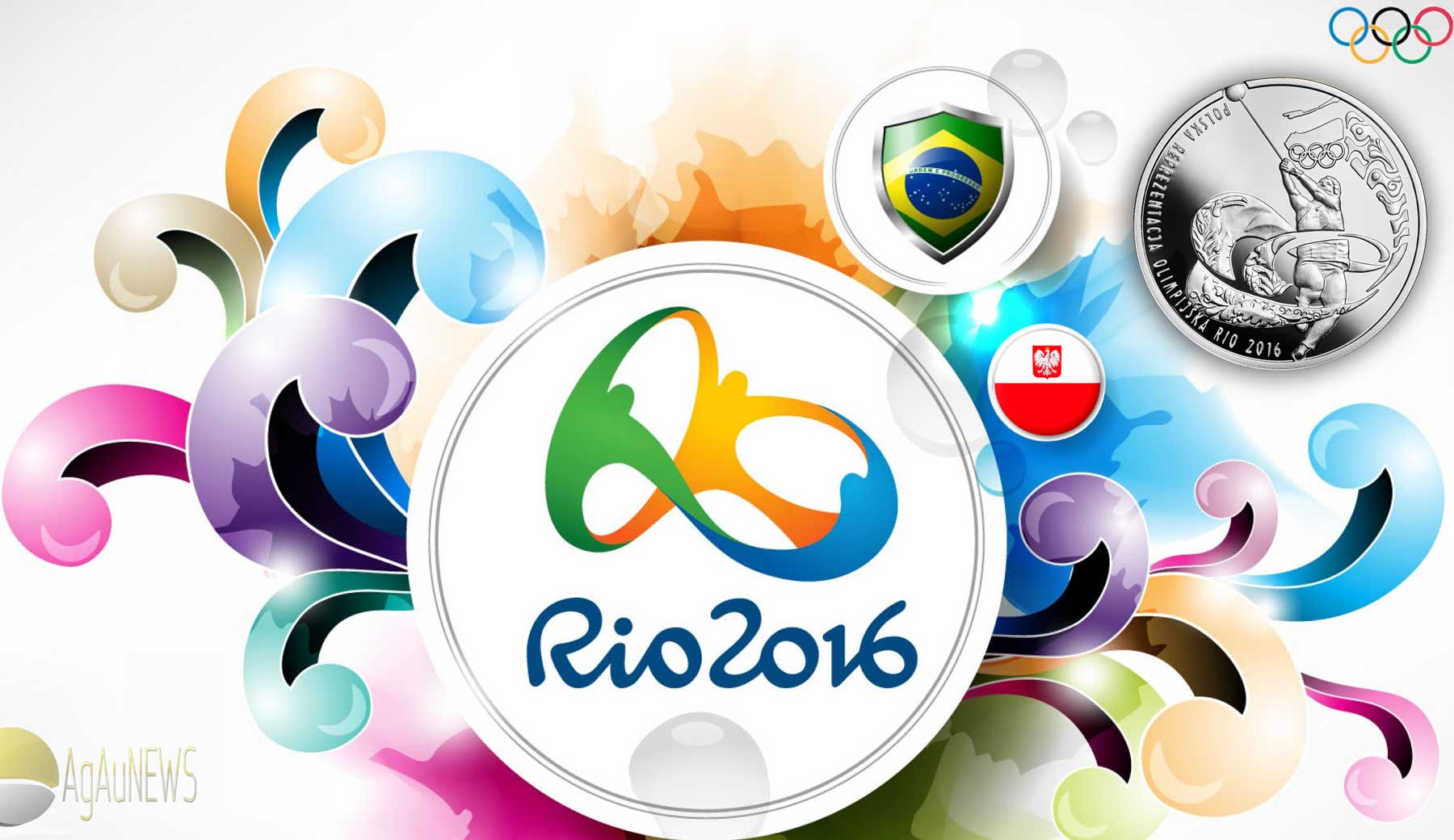
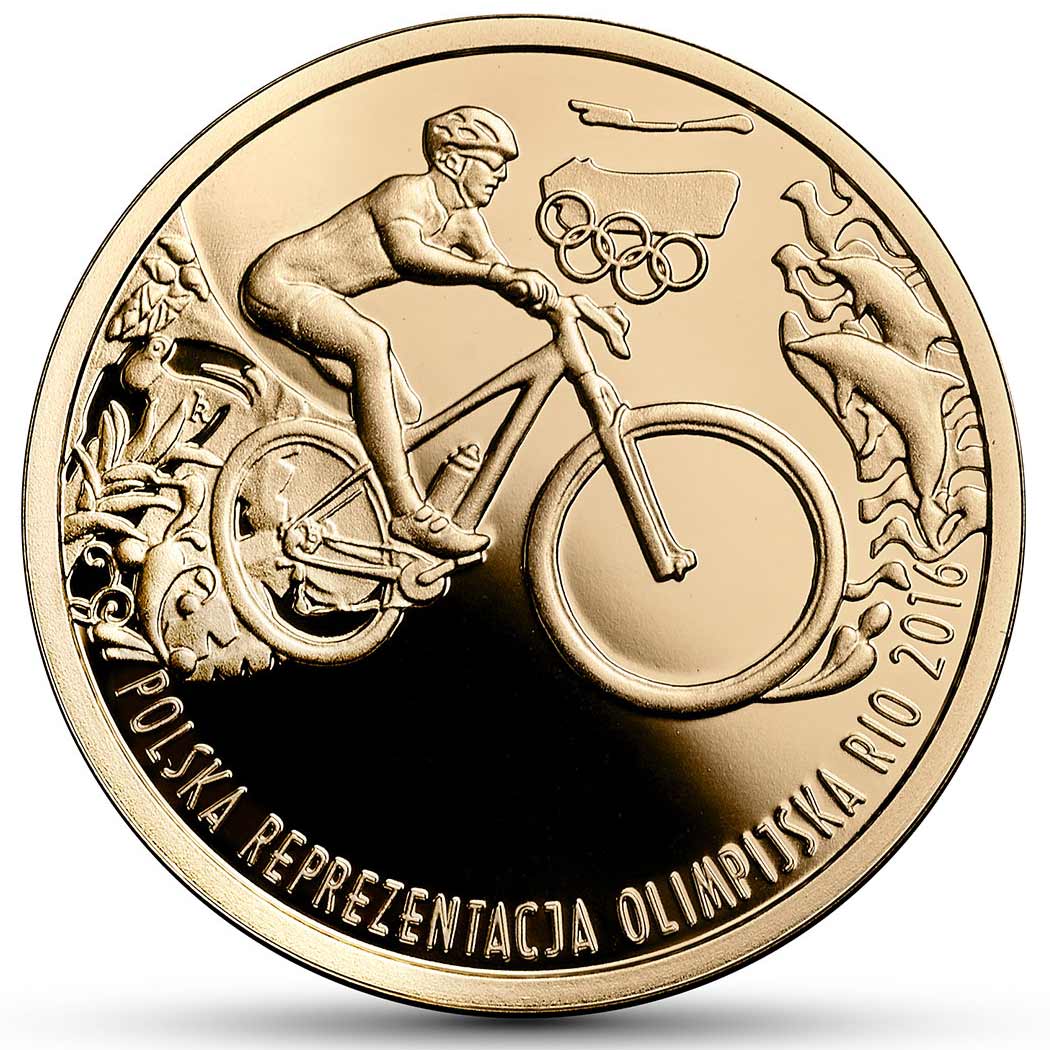
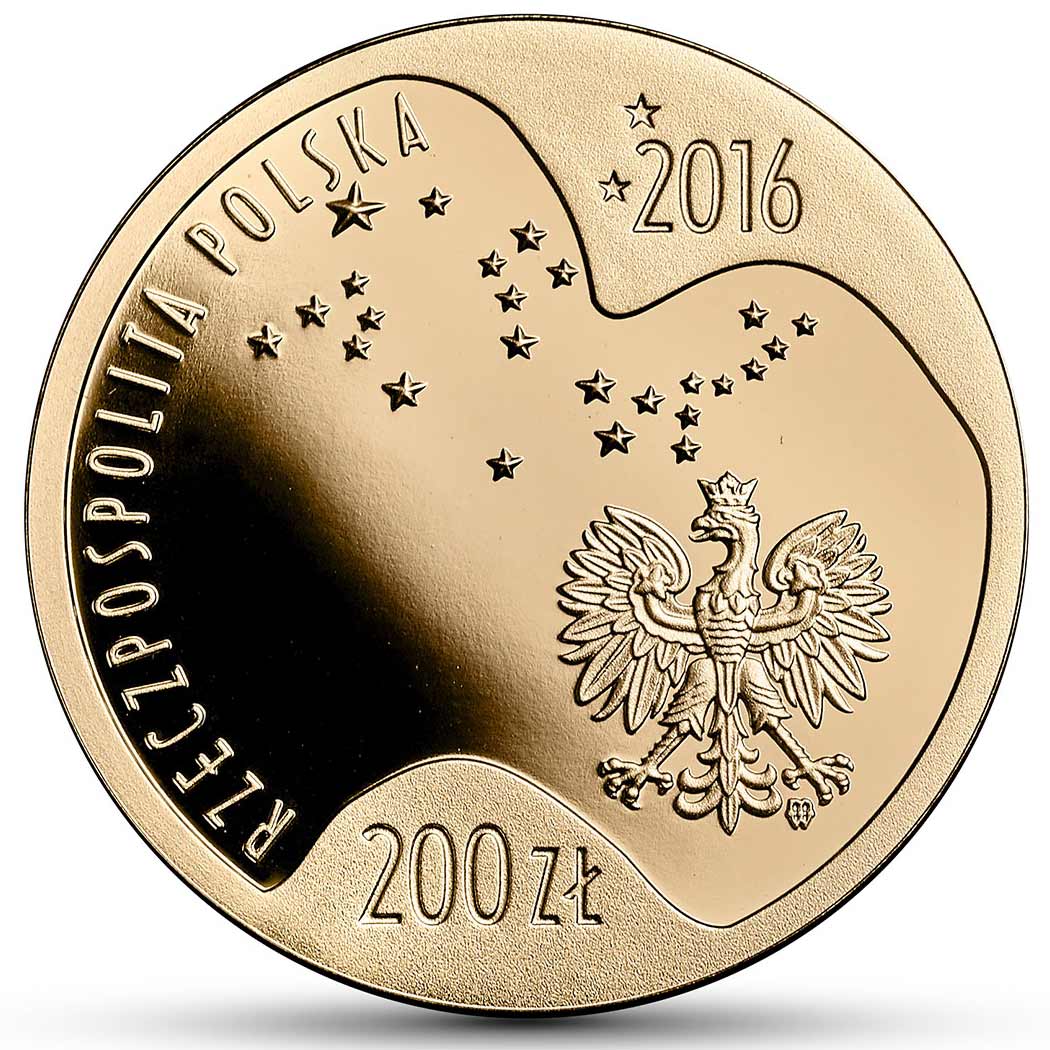
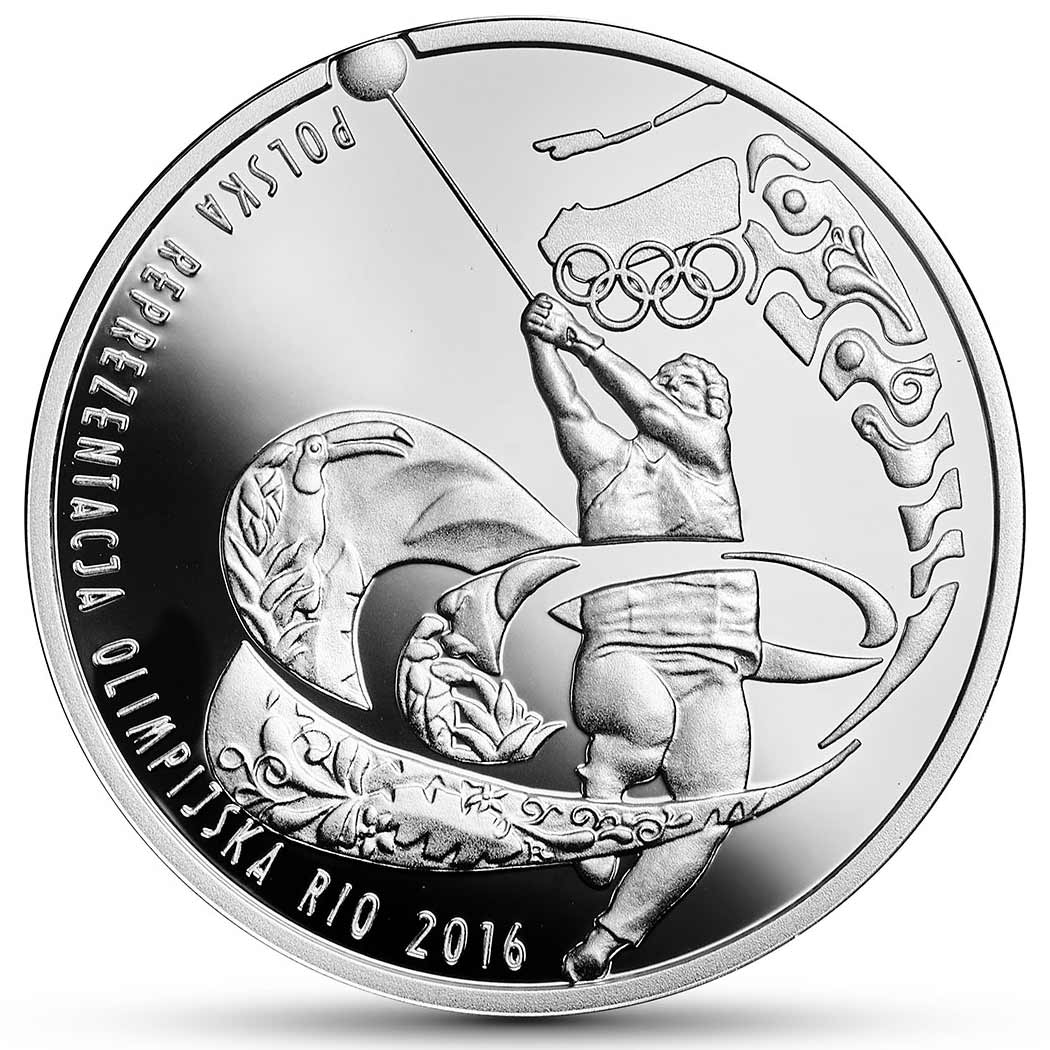
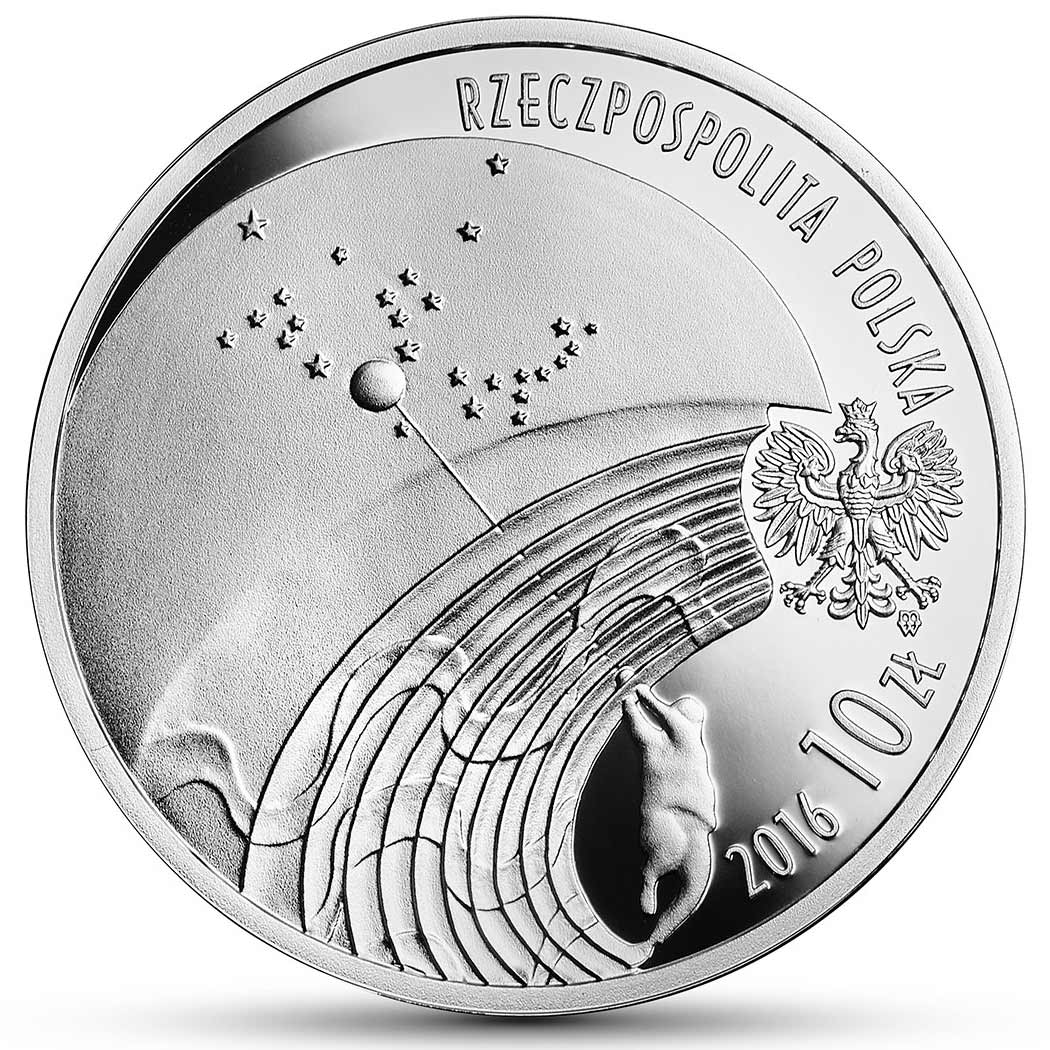





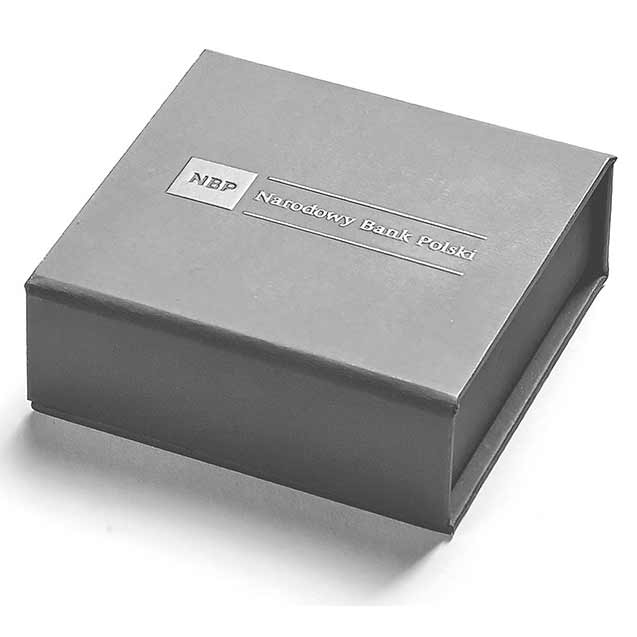
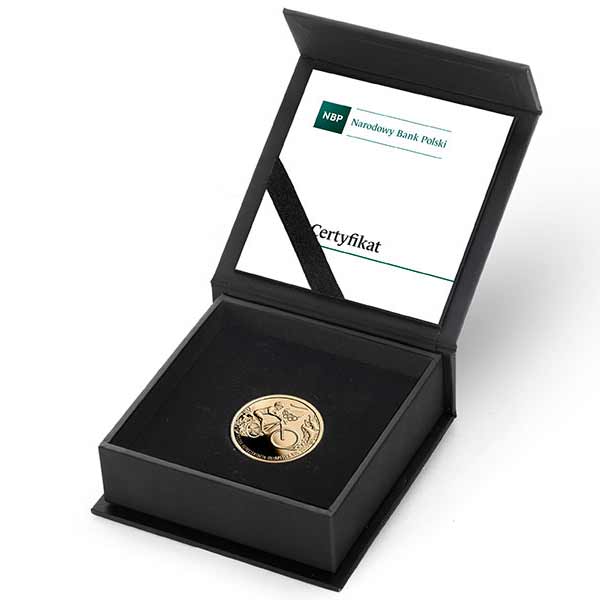
Leave A Comment